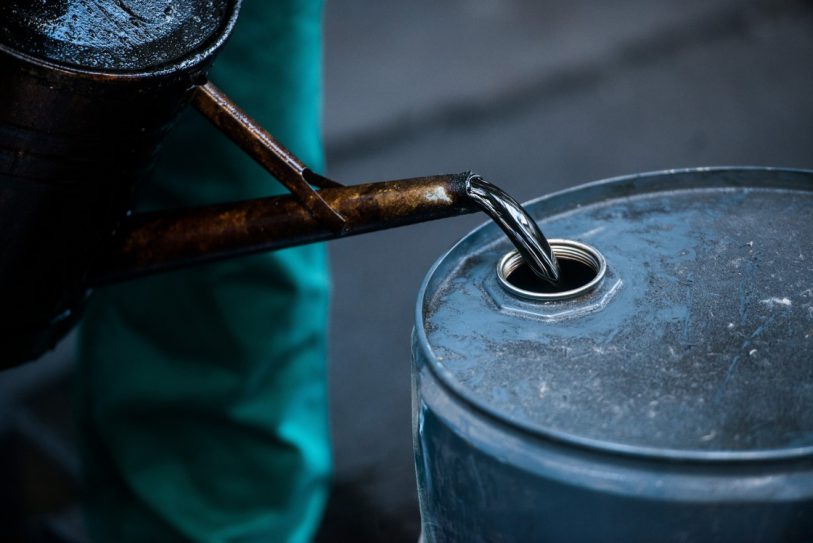Oil steady after sharp rise on improved demand picture
Oil prices were little changed after strong gains in the previous two sessions on expectations for surging fuel demand later this year while major producers maintain supply discipline

Oil prices were little changed after strong gains in the previous two sessions on expectations for surging fuel demand later this year while major producers maintain supply discipline.
Brent crude futures were up 16 cents, or 0.22%, at $71.51 a barrel by 1244 GMT after touching their highest since September 2019 at $71.99. The international benchmark had gained 1.6% on Wednesday.
U.S. West Texas Intermediate crude futures rose 14 cents, or 0.20%, to $68.97. Prices rose as high as $69.40, the strongest since October 2018, after gaining 1.5% in the previous session.
The consensus among market forecasters, including the Organization of the Petroleum Exporting Countries (OPEC) and its allies within the wider OPEC+ group of producers, is that oil demand will exceed supply in the second half of 2021.
OPEC+ data shows that by the end of the year oil demand will be 99.8 million barrels per day (bpd) versus supply of 97.5 million bpd.
This rebalancing will be led by resurgent demand in the United States, the world's biggest oil user, as well as in China, the world's second-biggest oil consumer, and the UK as it emerges from COVID-19 lockdowns.
"The U.S. driving season is a period that sees higher than normal fuel consumption. UK traffic is now sitting above pre-pandemic levels," CBA commodities analyst Vivek Dhar said in a note. "We continue to see the oil demand recovery led by the U.S., Europe and China."
U.S. crude oil inventories fell by more than 5 million barrels last week, according to two market sources, citing American Petroleum Institute figures on Wednesday.
OPEC+ agreed on Tuesday to continue with plans to ease supply curbs through July.
The OPEC+ meeting lasted 20 minutes, the quickest in the grouping's history, suggesting strong compliance among members and the conviction that demand will recover once the COVID-19 pandemic shows sign of abating.
A slowdown in talks between the United States and Iran over the latter's nuclear programme has also reduced expectations for a return of Iranian oil supplies to the market this year.
The European Union envoy coordinating the discussions said he believed a deal would be struck at the next round of talks starting next week, though other diplomats cautioned that difficulties remain.
PVM Oil associates cast doubt on an extended rally as the contract-for-difference (CFD) curve that reflects the physical market was in a contango structure in which prompt prices are lower than later dates. Oil futures are in the opposite backwardated structure.
"This hints at a well-supplied physical market," PVM analyst Tamas Varga said in a daily note, adding that the way up to $80 a barrel will be paved with temporary setbacks.